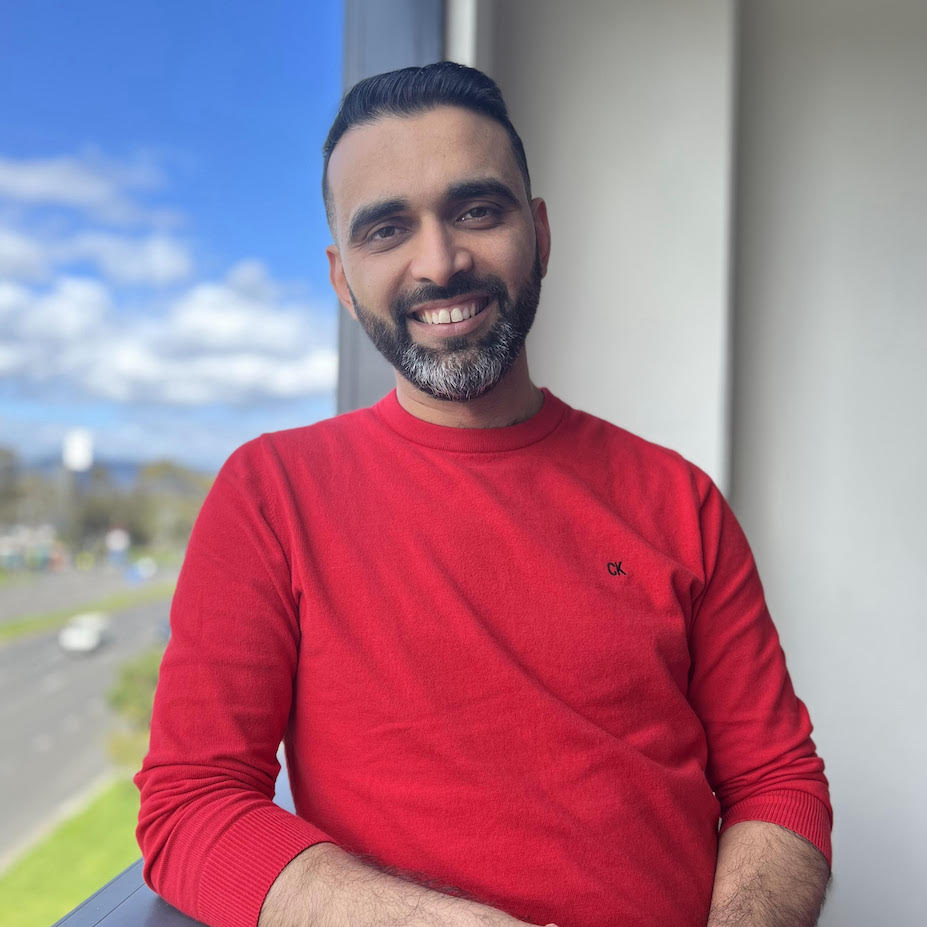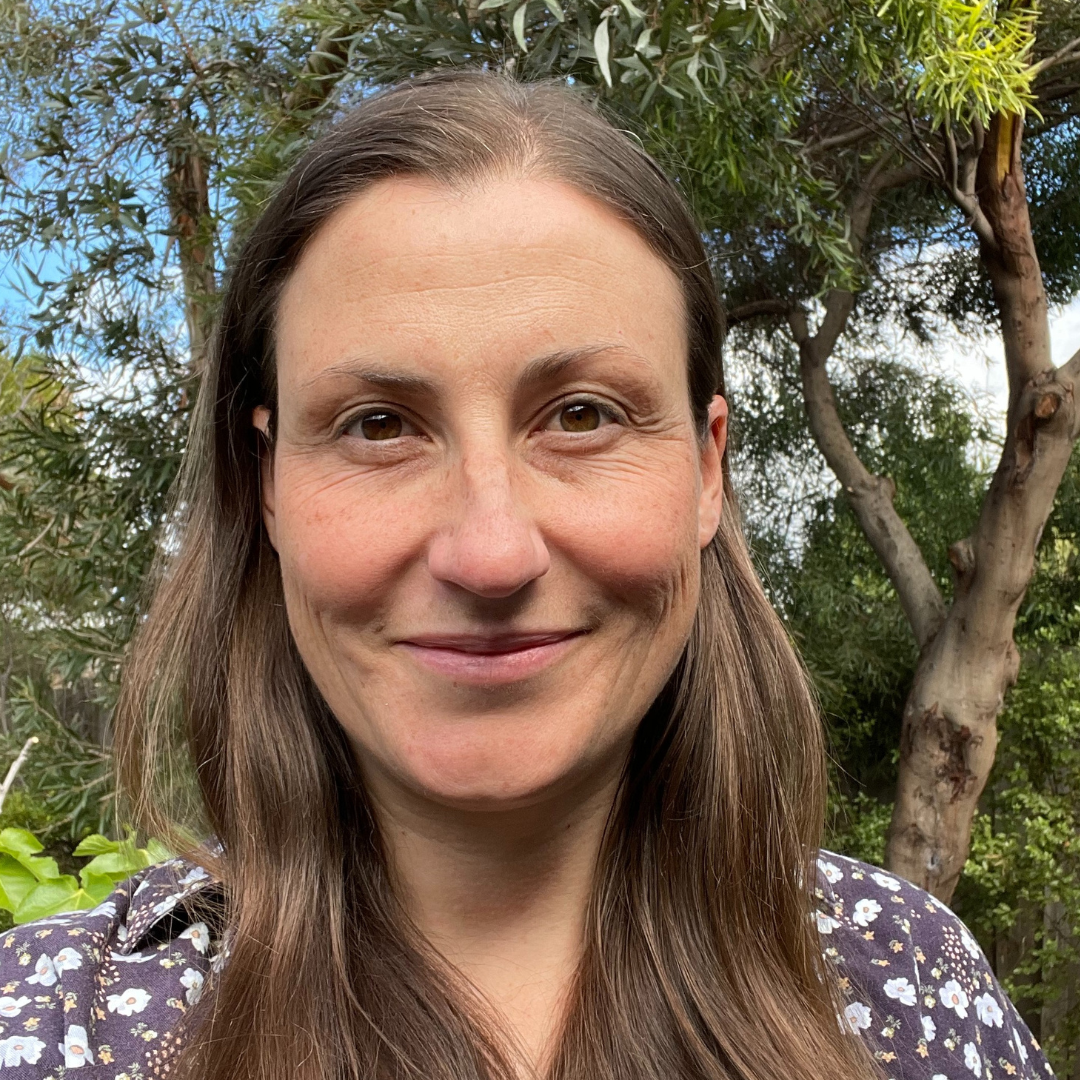The Australian ADHD Professionals Association recently released evidence-based clinical guidelines for ADHD. Below is a brief summary of some of the key takeaways:
ADHD Assessment and identification
Several groups of people are at higher risk of having ADHD compared to people in the general population. This includes people who have another form of Neurodivergence (e.g. Autism, Intellectual disability, tic disorders, language disorders and specific learning disorders, people with mental health conditions and some medical conditions (e.g. epilepsy).
People in some settings will be at higher risk of having ADHD, such as those in prison, people using addiction services, or children and adolescents in out of home care. Girls and women with ADHD are at risk of under-identification.
Screening the general population for ADHD is not currently recommended as current screening tools are not accurate enough for the costs and risks of screening to outweigh the benefits. Screening for ADHD in higher risk groups could help to identify people with ADHD early so they can receive support. Screening for ADHD in people in high-risk groups should occur when symptoms continue despite treatment, there is difficulty adhering to treatment and some signs of ADHD are present. When screening indicates ADHD may be present, people should be referred for a diagnostic assessment.
It is important to remember that ADHD can present in a variety of ways, and many children and adults don’t present with the most visible symptoms of hyperactivity/impulsivity.
Inattentive symptoms in particular may not be identified until secondary school (or later), following increased demands for organisation and independent study or work. Further, people may have developed compensation strategies that mask their symptoms.
Some conditions, such as substance use, anxiety and depressive disorders, may be a consequence of undiagnosed and/or untreated ADHD.
People with Substance Use Disorders
As noted above, there is a high co-occurrence of substance use disorders in those with ADHD. Treatment for people with ADHD and substance use disorders should focus on both disorders concurrently, should consider their interrelationship, and should follow the guidelines for each separate disorder and the general guidelines about treatment of people with co-occurring disorders.
In most cases of concurrent ADHD and substance use disorders, clinicians should start treatment aimed at abstaining from or reducing/stabilising the use of substances first, since current substance use disorders may complicate diagnosis and treatment of ADHD. However, the start of pharmacological or non-pharmacological treatment of ADHD should not unnecessarily be delayed.
ADHD Treatment
Clients should be offered both medication and non-medication (e.g. psychological) treatment options.
Sometimes only one medication or non-medication treatment will be needed, or is available. Sometimes medication may be needed first due to the severity of symptoms.
Medication treatment is most effective in reducing core ADHD symptoms, and non-medication treatments can provide support to minimise the daily impact of ADHD symptoms and associated difficulties.
Non-Medication Treatment – what can therapists offer?
Non-medication treatments have value beyond improving ADHD symptoms, and can improve broader aspects of functioning for individuals and/or their families. Clients can benefit from guidance on lifestyle changes such as activity levels and sleep patterns, as these have the potential to improve day-to-day functioning. Psychoeducation and ongoing support should also be offered to parents/carers of children and adolescents with ADHD to support the functioning of the family and child/young person.
The Therapy Hub is a youth and family clinic and all our therapists routinely involve parents/carers in therapy with young people. As well as providing evidence and strengths-based psychoeducation about ADHD, we can give recommendations for environmental and behaviour modifications. All our therapists work from a Neurodiversity affirming framework, which informs the information and support provided to parents and carers; we focus on helping families understand and advocate for the needs of their young person, and utilise positive parenting strategies.
Further information
You can access the full guidelines and the summary of recommendations here.
Resources
Videos
- How to (Explain) ADHD – in this video a team of folks with ADHD provide a simple explanation of ADHD
- Things it’s ok to ask for when you have ADHD – Webinar by Ellie Middleton
- How to fight your procrastination anxiety
- Why is it so hard to do something that should be easy?
- Plus a follow up video with more tips and info.
- Am I Lazy, Stupid, Messy, Flaky? ADHD – video about the stigma associated with ADHD and the impact
- How dopamine affects learning and motivation in ADHD brains
Specifically for parents/carers
- How to help someone with ADHD – video with concrete strategies
- What’s your explanation (for ‘challenging behaviours)? – Dr Ross Greene
- Kids do well if they can – Dr Ross Greene
Factsheets/Articles
- Guideline fact sheet for people with lived experience of ADHD
- ADHD Myths vs Facts
- What is ADHD?
- Detailed guide to understanding ADHD
- Executive functioning and ADHD
- Observed Behaviours of ADHD
- Pomodoro Technique for ADHD
- When ADHD and Substance Use Disorders Coexist
- The Damaging effects of cannabis on the ADHD Brain
- ADHD & Recreational Marijuana: What’s the Attraction?
- The Risks of Misusing Stimulant Medication and Alcohol – podcast link & transcript
Neurodiversity Affirming Resources – list of resources collated by a Neurodivergent therapist
Written by Clinical Psychologist Hilary Morgendorffer









Recent Comments